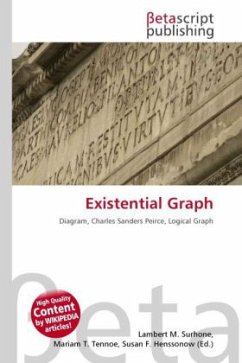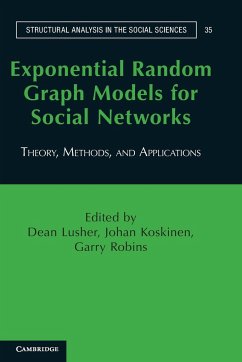
Existential Graph
Versandkostenfrei!
Versandfertig in 6-10 Tagen
30,99 €
inkl. MwSt.

PAYBACK Punkte
15 °P sammeln!
High Quality Content by WIKIPEDIA articles! An existential graph is a type of diagrammatic or visual notation for logical expressions, proposed by Charles Sanders Peirce, who wrote his first paper on graphical logic in 1882, and continued to develop the method until his death in 1914.Peirce notated predicates using intuitive English phrases; the standard notation of contemporary logic, capital Latin letters, may also be employed. A dot asserts the existence of some individual in the domain of discourse. Multiple instances of the same object are linked by a line, called the "line of identity". ...
High Quality Content by WIKIPEDIA articles! An existential graph is a type of diagrammatic or visual notation for logical expressions, proposed by Charles Sanders Peirce, who wrote his first paper on graphical logic in 1882, and continued to develop the method until his death in 1914.Peirce notated predicates using intuitive English phrases; the standard notation of contemporary logic, capital Latin letters, may also be employed. A dot asserts the existence of some individual in the domain of discourse. Multiple instances of the same object are linked by a line, called the "line of identity". There are no literal variables or quantifiers in the sense of first-order logic. A line of identity connecting two or more predicates can be read as asserting that the predicates share a common variable. The presence of lines of identity requires modifying the alpha rules of Equivalence.












